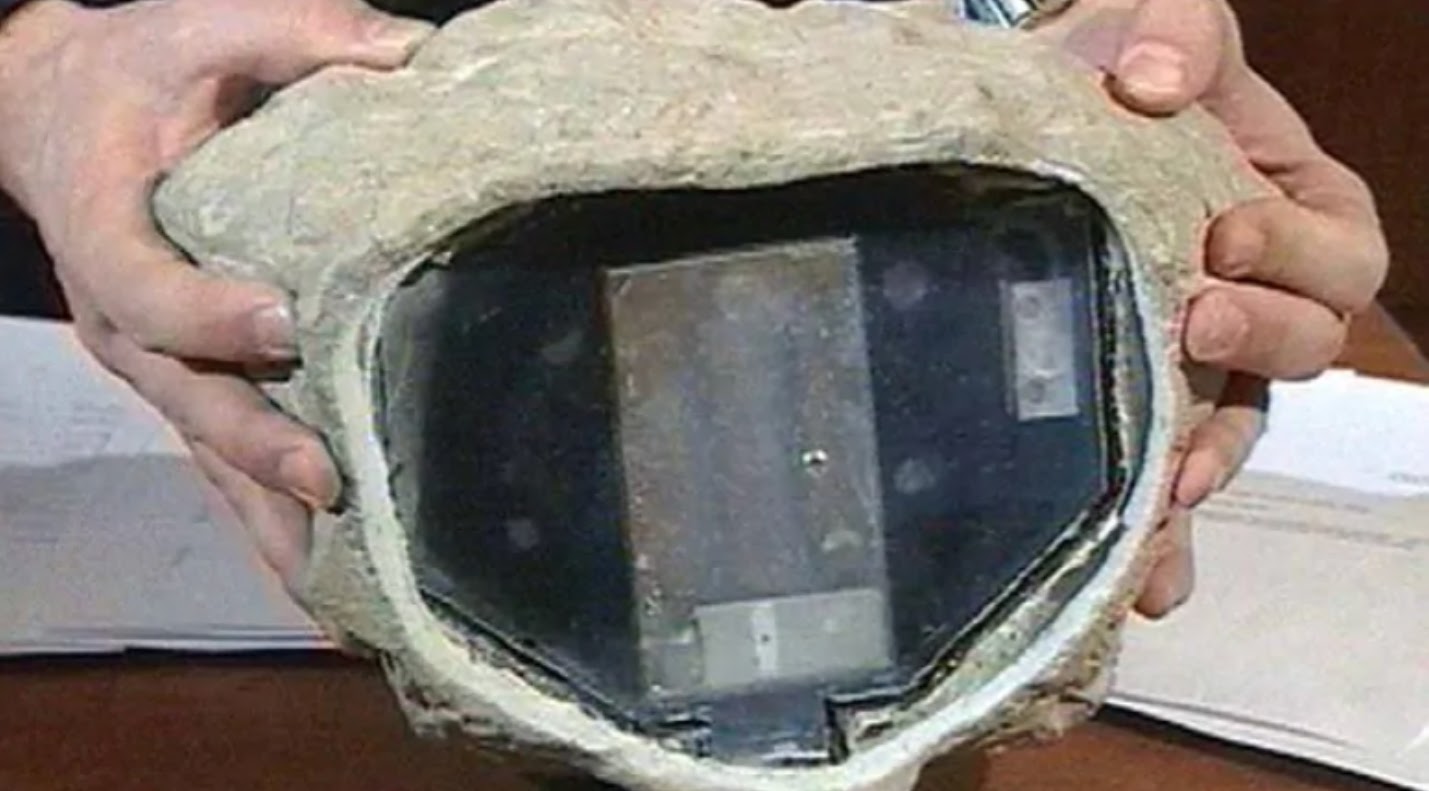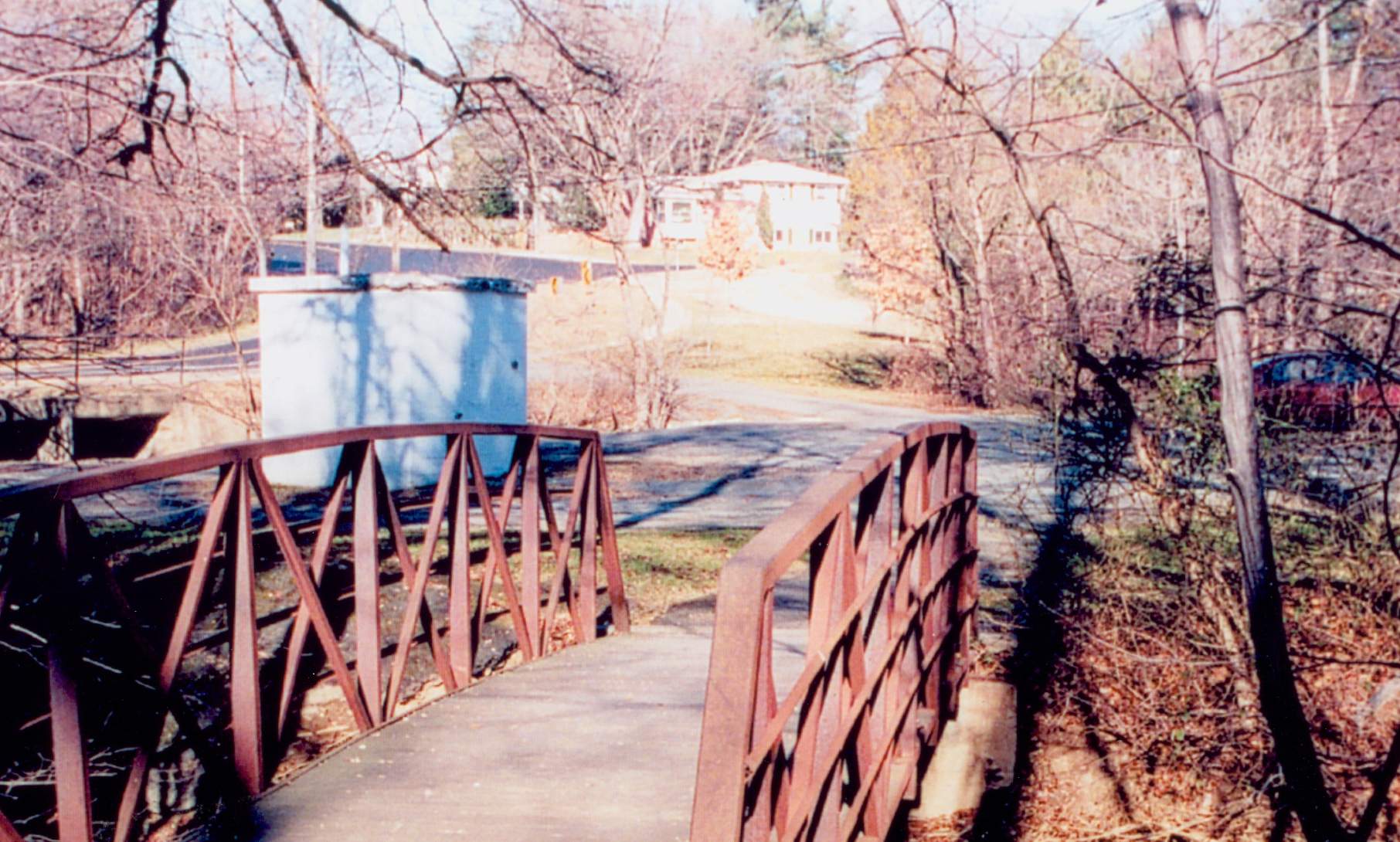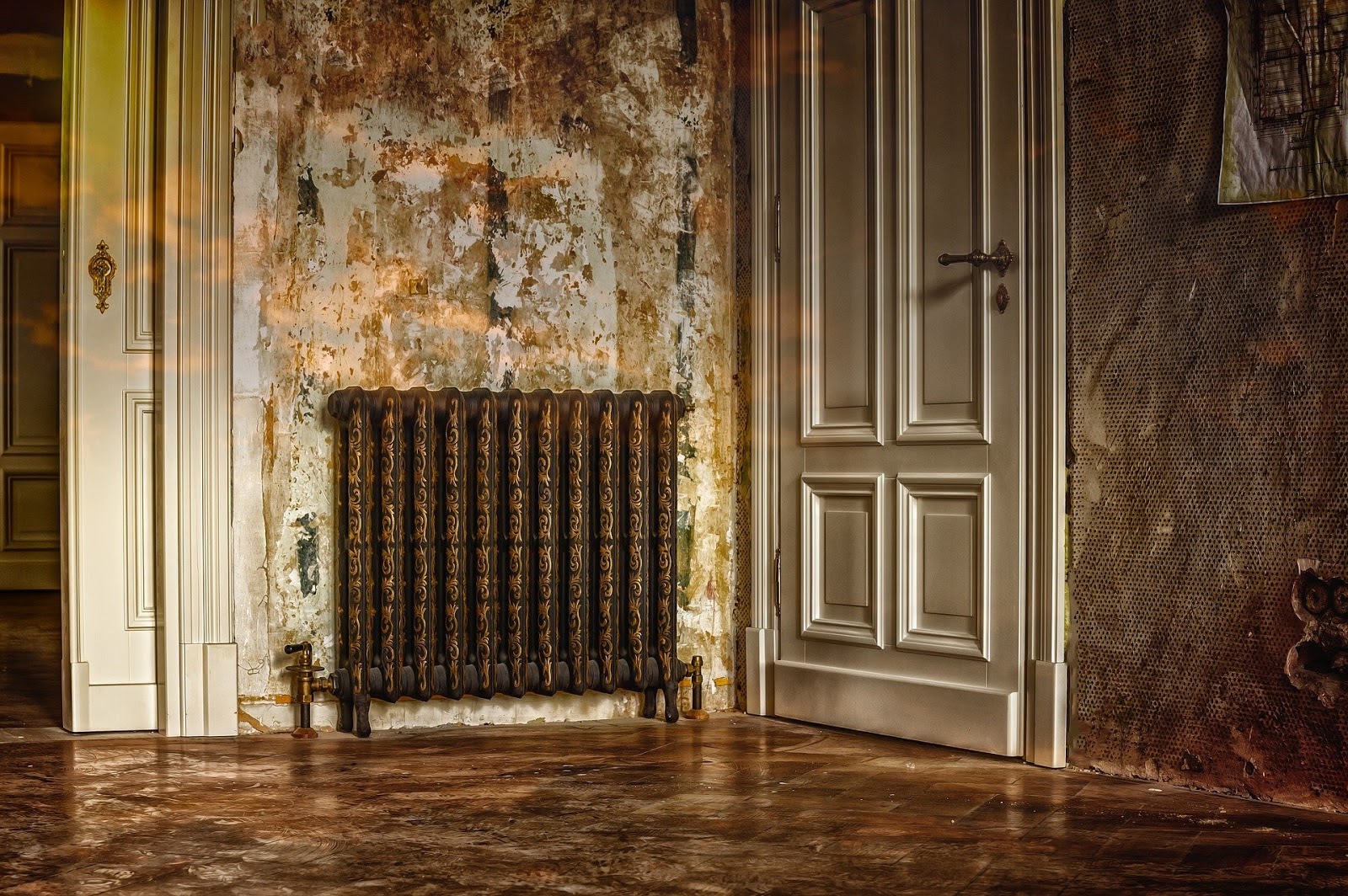How To Find and Use a Dead Drop
Dead drops are a spycraft technique that's been used to pass intelligence, money, weapons, and electronic devices between case officers and spies. They often select an agreed-upon, remote location as a ‘drop’ so the two don’t have to meet in person.
Peanut butter dead drop
Jonathan Toebbe, a US Navy nuclear engineer with top-secret clearance, made international headlines in 2021 when he was accused of concealing a flash memory card inside half a peanut butter sandwich and leaving it at a dead drop location in West Virginia while his wife acted as a lookout.
As implausible as it may sound, Toebbe pleaded guilty to conspiring to pass secrets about US nuclear warships to a foreign country (in reality, his contact was the FBI). Diana Toebbe, a high school teacher, also admitted her guilt.
Sometimes, it seems, the Cold War methods of spy tradecraft are still the best option to avoid electronic surveillance.

Sneak dead drops
Over the past century, spies have used many sneaky dead drops (also known as dead letter boxes) to exchange intel including a 'Spike’, a waterproof concealment device used to transfer money, documents, and diagrams. The Spike can be pressed into soft ground or left in a pond until it is ready to be retrieved.

While it may be impossible to imagine now, in 2006 Britain’s top-secret operations involved planting a fake rock in a Moscow park to use as an electronic dead drop.
British spies communicated with Russian contacts using pocket-sized computers to download digital data to an electronic gadget inside the plastic ‘rock’. The download took seconds and could be completed from 20 meters away but the ‘rock’ had to be opened to retrieve the data.
Eventually, the Brits were caught red-handed. Jonathan Powell, former chief of staff to PM Tony Blair, finally admitted to spying after six years: "There's not much you can say. You can't really call up and say 'I'm terribly sorry about that, it won't happen again.' I mean, they had us bang to rights.”
"The brand new social experience where you activate your gaming skills as you train like a spy."
- TimeOut
Take on thrilling, high-energy espionage challenges across different game zones.

US-KGB spy Robert Hanssen’s dead drop
Robert Hanssen, the FBI agent who spied for the KGB from 1979 to 2001, also passed secrets to his Russian handlers by using a dead drop.
Hanssen hid computer disks and papers in a bag of trash which he dropped under a footbridge in a Northern Virginia park. After the drop, Hanssen would put tape on a signpost to signal to his Soviet contacts that they should check the dead drop location.

Hanssen's park dead drop
Fittingly, the dead drop was also where Hanssen was arrested in 2001. Hanssen, aged 56 at the time, was clandestinely placing a package of highly classified information for his Russian handlers at the prearranged pickup point in the park in Vienna, Northern Virginia - about 12 miles from Washington, D.C.
Among the many documents Hanssen leaked were US plans to protect the president in case of a Soviet attack. His case is widely considered to be one of the most prolific and damaging intelligence breaches in US history. Hanssen provided Moscow with confidential material not just from the FBI but also from the CIA, the White House, the Pentagon, and the National Security Agency, according to David Vise, author of The Bureau and the Mole.

“He loved it. It was the thing that made him feel like he belonged to something bigger than him. It was the thing that made him feel that he was the best at something in the world. No one was better. And he knew that it was going to make him immortal, and it did,” SPYEX consultant Eric O’Neill, one of the FBI agents who were crucial to bringing Hanssen down, told SPYSCAPE’s True Spies podcast Gray Suit & The Ghost.

The FBI believes Hanssen turned over more than 6,000 pages of valuable intelligence to the KGB and its successor.
Over 15 years, he is also suspected of sending 27 letters, leaving 22 packages, and passing on 26 computer disks. In return, Hanssen (known as 'B') was paid more than $1.4m in cash and diamonds.
According to an FBI affidavit, the dead drops worked as follows: ‘B’ and the Russians would set dates for an exchange or drop, usually by communicating in writing. Hanssen would add six - and the Russians would subtract six - from the stated months, days and times. So, for example, if either side suggested a drop occur on September 9, the actual date the drop would be March 3.
Hanssen’s Moscow handlers would sometimes leave money for Hanssen in a similar fashion. In February 2001, the FBI surveillance team found a package containing $50,000 in used $100 bills and a typed note reading: Next 10/31/01 TOM alt. 20,27. The Bureau examined the package in its laboratory, copied the note, and returned the package so it appeared to be undisturbed.
While trying to pick up one such package in the park, Hanssen was arrested. He pleaded guilty to multiple counts of espionage and other charges in 2001 to avoid the death penalty and was sentenced to life without the possibility of parole.
.jpg)
Cryptographers and software developers have tried to create modern-day dead drops in digital form, such as the free software platform SecureDrop, which allows whistleblowers to send anonymous tips to journalists. For absolute privacy, however, sometimes the old ways work the best.
Here’s SPYSCAPE’s guide to creating your own dead drop to use with friends or family.
What are dead drops?
A dead drop, also known as a dead letterbox (or DLB), is used to exchange items with a covert contact without having to meet them or use an intermediary.
How do I start?
Find somewhere in a public space where you can leave a package without the risk of it being discovered or accidentally disturbed.
Such as?
The possibilities are endless, but a few ideas include: a knot in a tree trunk, out of reach of children, or behind a radiator in a public building like a library. The DLB should be in surveillance ‘dead space’ and not covered by CCTV. That way, even if you or your contact are followed, you can use it without detection.

Anything else I need to remember?
Don’t forget your 'cover', the explanation as to why you are near the dead drop location. And remember the weather. Use waterproof packaging for the drop if necessary. You may also want to dress accordingly. If the dead drop is along a hiking trail, you should blend in with the other hikers.
How will my contact know there is something to collect?
Leave a fill signal. A chalk mark on a nearby lamppost is a classic.
And then?
When your contact has retrieved the package, they should leave a 'cleared signal'.
Which is?
Use your imagination. The sky is the limit.
SPYSCAPE+

Join now to get True Spies episodes early and ad-free every week, plus subscriber-only Debriefs and Q&As to bring you closer to your favorite spies and stories from the show. You’ll also get our exclusive series The Razumov Files and The Great James Bond Car Robbery!


Gadgets & Gifts
Explore a world of secrets together. Navigate through interactive exhibits and missions to discover your spy roles.
Your Spy Skills
We all have valuable spy skills - your mission is to discover yours. See if you have what it takes to be a secret agent, with our authentic spy skills evaluation* developed by a former Head of Training at British Intelligence. It's FREE so share & compare with friends now!
* Find more information about the scientific methods behind the evaluation here.


Stay Connected
Follow us for the latest
TIKTOK
INSTAGRAM
X
FACEBOOK
YOUTUBE